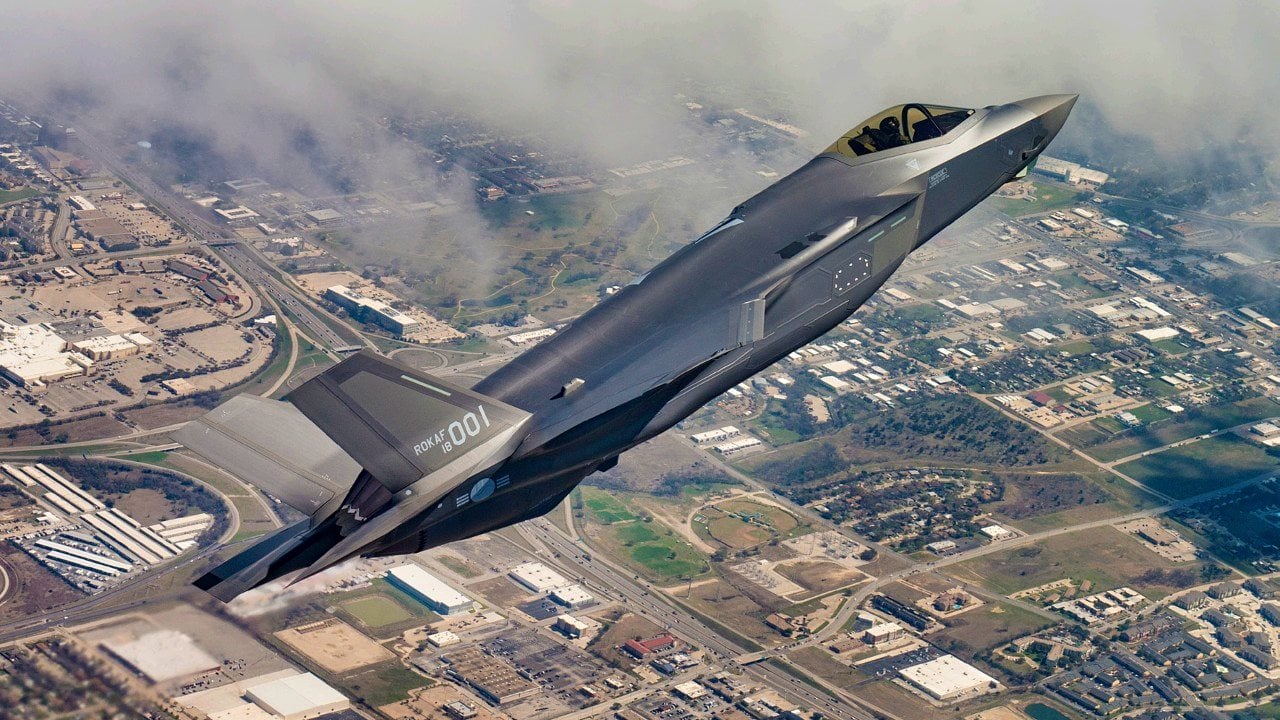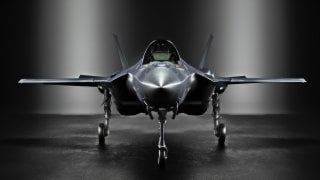The F-35 Fighter Program Is Sort of 'On Hold' These Days
The next major upgrade of the F-35 aircraft, Block IV, can only go forward if the TR-3 update is installed and working. As such, the current delays are holding back the whole F-35 program.
Every month, the F-35 Joint Program Office releases updates about the Joint Strike Fighter program.
This measure helps observers keep tabs on the most advanced stealth fighter jet in history. So, what is the state of the F-35 program?
The F-35 Program Has Issues
Over the past month, the number of pilots qualified to fly the F-35 Lightning II grew by 30. In total, more than 2,390 pilots worldwide are now qualified to fly the jet. The number of support personnel eligible to maintain the stealth fighter jet also grew, with 300 new maintainers qualifying to work with the F-35. More than 15,900 maintainers are now qualified.
However, the number of aircraft being delivered remained stagnant as a result of continuing problems at the manufacturing company. It isn’t that Lockheed Martin isn’t producing aircraft – the production line is working properly, and more than 150 F-35 Lightning IIs of all types are built every year. The aircraft are being made – but they are not being delivered.
The main issue is that Lockheed Martin is facing a combination of manpower and technology problems related to the aircraft’s TR-3 software.
To make matters more complicated, the next major upgrade of the F-35 aircraft, the Block IV, can only go forward if TR-3 is installed and working. As such, the current delays are holding back the whole F-35 program. Lockheed Martin has been communicating that it will solve the issue as soon as this summer.
Versions and Numbers
The F-35 Lightning II is a multi-role fifth-generation stealth fighter jet. The aircraft comes in three versions: A,B, and C.
The F-35A is the conventional iteration of the stealth aircraft and can operate from standard runways. The F-35B is the Short Take-off, Vertical Landing (STOVL) version of the aircraft that can take off and land like a helicopter; this version is great for expeditionary operations and can operate from pretty much anywhere. Finally, the F-35C is the version of the aircraft that is designed to operate from aircraft carriers.
The three versions of the F-35 fighter jet bring almost identical capabilities to the table, though there are some differences in their performance.

Today, 18 countries are part of the F-35 Joint Strike Fighter program, while several others are looking to join. The United States is by far the largest customer of the aircraft and the only one that flies all three versions of the stealth fighter jet. Specifically, the U.S. Air Force has ordered 1,763 F-35A jets, the Marine Corps 353 F-35B and 67 F-35C aircraft, and the Navy 273 F-35C jets.
In total, the 18 partners are planning on purchasing almost 3,500 aircraft. Of the three types, the F-35A remains by far the most popular, with almost 2,600 orders. The F-35B STOVL version follows with 575 orders spread out over five countries. Finally, the F-35C follows with 340 aircraft and is only in operation with the U.S. military.
About the Author
Stavros Atlamazoglou is a seasoned defense and national security journalist specializing in special operations. A Hellenic Army veteran (national service with the 575th Marine Battalion and Army HQ), he holds a BA from the Johns Hopkins University, an MA from the Johns Hopkins’ School of Advanced International Studies (SAIS). He is pursuing a J.D. at Boston College Law School. His work has been featured in Business Insider, Sandboxx, and SOFREP.
Image Credit: Shutterstock.


